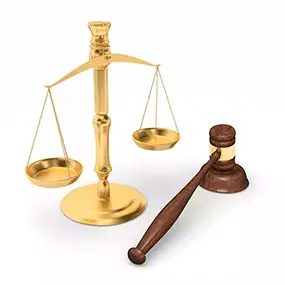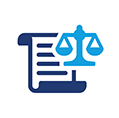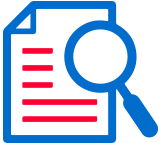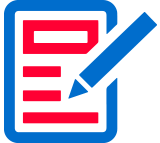
Fair Credit Reporting Act News
On revolving accounts, including credit cards, mistakes in reporting balances can skew credit use, damage credit scores, and distort financial health
Sunday, December 8, 2024 - A FICO score is the ratio of credit used to credit accessible. A low rate shows good credit management; a high utilization rate tells lenders a borrower might be overextended. This statistic can become distorted, though, if credit bureaus or creditors document erroneous balances on revolving accounts, which would have unanticipated financial results for individuals. Credit cards and lines of credit let borrowers carry balances and pay them off over time, so reviving accounts includes Reflecting the borrower's actual financial activity depends on the accurate presentation of these balances. Errors like inflated balances, missed payments, or duplicate debt can artificially raise a consumer's credit use rate and hence reduce their credit score. Errors in credit reporting are more frequent than most people would guess. The Consumer Financial Protection Bureau (CFPB) claims that among the most common consumer complaints are those involving erroneous credit report data including erroneous balances. Comparably, one in five consumers had an inaccuracy on at least one of their credit records according to Federal Trade Commission (FTC) research. Usually stemming from technological difficulties during data transfer, delays in updating account information, or creditor reporting problems, these mistakes arise. Credit report errors can have significant consequences for consumers.
Bad balance reporting can have major effects. Even if they regularly pay their bills on time, a customer with an excessively high credit use rate could see a credit score dip. Higher interest rates, lower credit limits, or perhaps denials for credit cards or new loans could follow from this. Furthermore influencing non-credit-related decisions like insurance rates or rental applications is a reduced credit score. Consider a customer whose actual debt is $2,000 however their credit card limit is $10,000. Their rate of use should be twenty percent. Should the creditor incorrectly record the balance as $8,000, the usage rate leaps to 80%, indicating possible financial trouble for lenders and perhaps lowering the credit score by several points. Correcting improper balances starts with consistent credit checking. Through AnnualCreditReport.com, consumers are given one free credit report yearly from each of the three main credit bureaus--Equifax, Experian, and TransUnion. Examining these reports lets consumers confirm that balances on revolving accounts are accurate and current.
Should a mistake be found, the customer should promptly get in touch with the creditor to ask for a correction and make sure the credit bureaus receive the revised data. Concurrently, it is important to dispute a credit bureau entry with an inaccurate balance. Online, by mail, or over the phone disputes should be filed together with supporting data including payment records or billing statements. Credit bureaus must examine conflicts and reply within thirty days. Although personal awareness is important, structural changes are also required to raise credit reporting's accuracy. Enhanced control of creditors and credit bureaus, tougher penalties for noncompliance, and improved reporting process openness have been demanded by advocacy organizations such as the National Consumer Law Center (NCLC) for the betterment of society. To cut errors and delays, policymakers have also suggested requiring real-time reporting systems.







